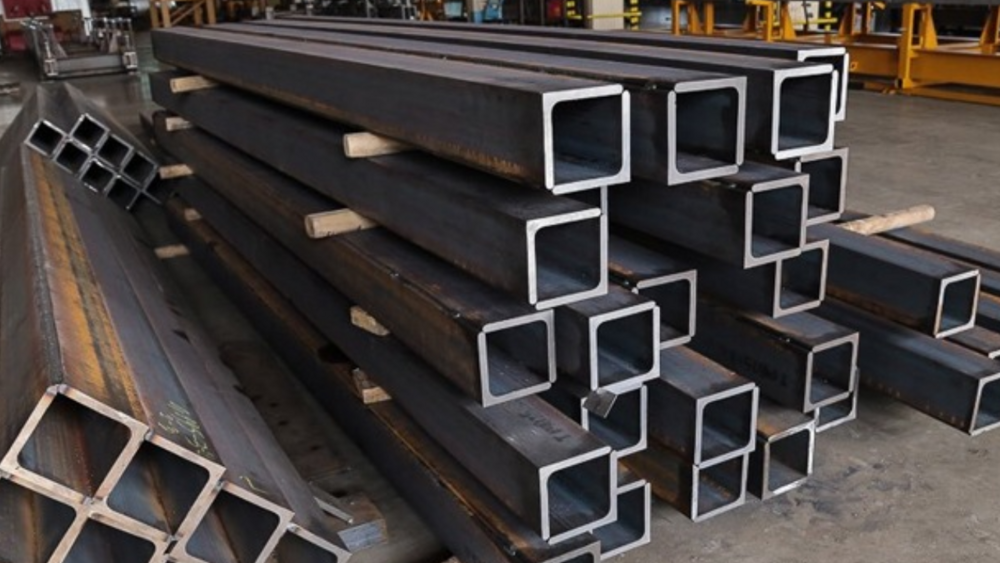Cold-formed, seamless, welded carbon steel structural tubing is used in a variety of structural and building applications. It is specified ASTM A500 Pipe Grade B. Under this standard, the performance and quality of steel pipes used in construction projects, bridges, and other load-bearing applications are generally guaranteed, both in the US and other nations. Grade B pipes come in a variety of shapes.
There are many different building applications for which ASTM A500 Grade B Hollow Section Steel Tube is an excellent material. Because of its affordability and high strength and durability, it is a preferred material for many typical building applications, including structural parts like steel framing. This article helps you learn about the dimensions of Grade B pipes.
Dimensions of ASTM A500 Pipe Grade B
To meet diverse engineering requirements, the pipes are available in a variety of shapes, including round, square, and rectangular ones, as well as varying widths and wall thicknesses. Both seamless and welded production processes are available, providing flexibility in both design and construction. There are various dimensions for ASTM Grade B pipe. The general review regarding the dimensions of Grade B pipe is as follows:
Outside Pipe Measurements for A500 ASTM Grade B
The outside dimensions of a500 of ASTM Grade B pipe are divided as follows:
A500 ASTM Grade B Round Structural Tubing
When comparing specified outside diameters of 1.900 in and less, the differences between them cannot be greater than 60.75 percent, rounded to the nearest 0.005 in [0.1 mm], and they cannot be greater than 60.5 percent when comparing specified outside diameters of 2.00 in [5 cm] or more. The distance between the tube ends and the outside diameter measurement point must be at least 2 inches (5 cm).
Rectangular and Square Grade B Tubing for ASTM A500
It is not acceptable to stray from the required outside dimensions by more than the amount specified, which takes into account convexity or concavity as measured across the flats at least 2 inches (5 cm) from the tube ends.
A500 ASTM Grade B Pipe Wall Thickness
The A500 ASTM Grade B tube’s minimum wall thickness at any measurement location should not be less than 10% of the required wall thickness. 10% of the recommended wall thickness is the maximum wall thickness that welded tubing can have, excluding the weld seam. Only the centers of the flats are subject to the wall thickness requirements for square and rectangular tubes.
Length of A500 ASTM Grade B Pipe
Structural tubing is frequently produced in numerous lengths, specialty lengths, and random lengths of five feet [1.5 meters] or more. You should review Section 4. Ordering certain lengths requires compliance with the length tolerance.
A500 Grade B Pipe’s Straightness
The straightness of ASTM A500 Pipe Grade B varies depending on the material of the pipe. The allowable deviation for A500 ASTM Grade B structural tube straightness is 1/8 inch times the number of feet, or 10 mm times the number of meters, divided by 5.
ASTM A500 Pipe Grade B Corner Radius
A square or rectangular structural tube sections outside corner radius shouldn’t be greater than three times the necessary wall thickness.
Twist of ASTM A500 Pipe Grade B
The standard specifies the acceptable twist variations for structural tubing that is square and rectangular in shape, grade B (ASTM A500). Twist measurements cannot be taken less than 2 inches (5 cm) from the ends of the tube.
With the exception of heavier sections, where a suitable measuring device may be used to determine the twist, the twist will be calculated by holding one end of the tubing down on a flat surface plate, measuring the height that each bottom side corner extends above the plate near the opposite ends of the tubing, and computing the twist (the difference in heights of such corners).
Conclusion
Steel classified as A500 ASTM Grade B is cold-formed steel. ASTM A500 Pipe Grade B chemical composition consists of carbon, sulfur, phosphorus, copper, and manganese. There are two designs available for the high-strength ASTM A500 Pipe: seamless or welded. Because of their affordability, strength, and versatility, pipes are a popular choice in the construction industry.
